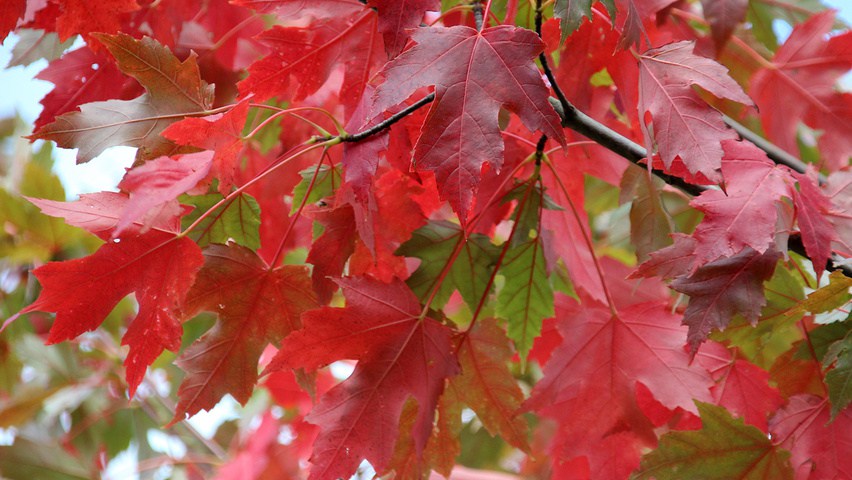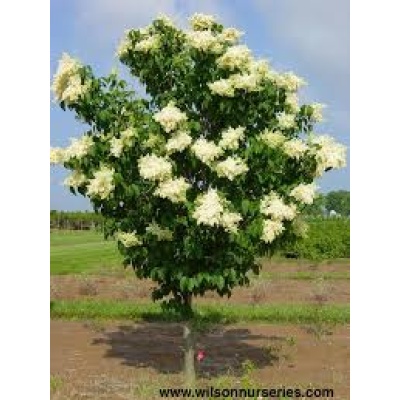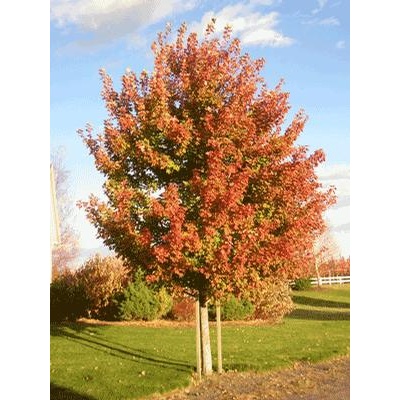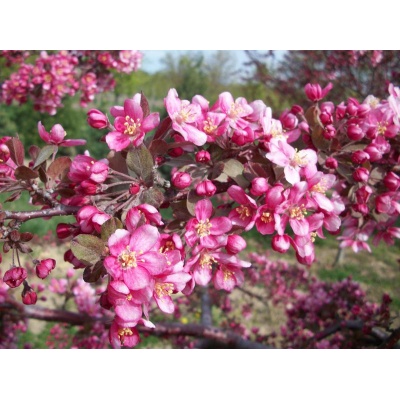Description
 Acer × freemanii ‘Jeffersred’ AUTUMN BLAZE
Acer × freemanii ‘Jeffersred’ AUTUMN BLAZE
Common Name: Freeman maple | Type: Tree
Family: Sapindaceae | Zone: 3 to 8
Height: 40.00 to 55.00 feet | Spread: 30.00 to 40.00 feet
Bloom Time: Rarely flowers | Bloom Description: Greenish-yellow to red
Sun: Full sun to part shade | Water: Medium to wet
Maintenance: Low | Suggested Use: Shade Tree, Street Tree, Rain Garden
Leaf: Good Fall | Tolerate: Wet Soil
Culture
Easily grown in average, medium to wet, well-drained soils in full sun to part shade. Prefers moist, acidic soils with good drainage. Established trees have some tolerance for drought conditions.
Noteworthy Characteristics
Acer x freemanii, commonly called Freeman maple, is a hybrid of red maple (A. rubrum) and silver maple (A. saccharinum). The Freeman maple cultivars commonly sold in commerce today reportedly combine some of the best features of both parents, namely, solid structure, attractive form and showy fall color (from red maple) and adaptability and rapid growth (from silver maple). Oliver M. Freeman of the National Arboretum made the first controlled crosses between red maple and silver maple in 1933. Edward Murray named this hybrid cross in 1969 in honor of Oliver M. Freeman. Notwithstanding the foregoing, crosses between red and silver maples occur not only by controlled propagation but also naturally in the wild. It is sometimes difficult to identify a Freeman hybrid because of the complexity of crosses and backcrosses that may occur.
Cultivars are sometimes listed for sale by nurseries under Acer rubrum instead of Acer x freemanii.
Genus name is the Latin name for a maple tree.
Specific epithet and common name honors Oliver Freeman who first grew A. x freemani at the U. S. National Arboretum in 1933.
‘Jeffersred’, sold under the trade name of AUTUMN BLAZE, is an older cultivar that was discovered by nurseryman Glenn Jeffers in the late 1960s. This is an upright, fast-growing, deciduous tree that will typically grow 40-55’ tall with ascending branching and a dense, broad-oval crown. Each medium green leaf is deeply cut with five pointed lobes. As the trade name suggests, the foliage turns into an autumn blaze of orange-red to scarlet-red fall color. Flowers and fruit for this hybrid are very sparse. U.S. Plant Patent PP04,864 issued July 6, 1982.
Problems
No serious insect or disease problems. Young plants susceptible to leafhoppers and scale. Borers.




Reviews
There are no reviews yet.